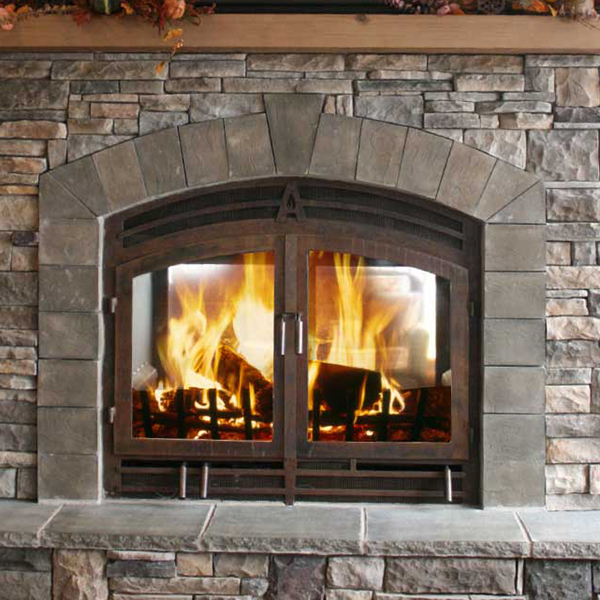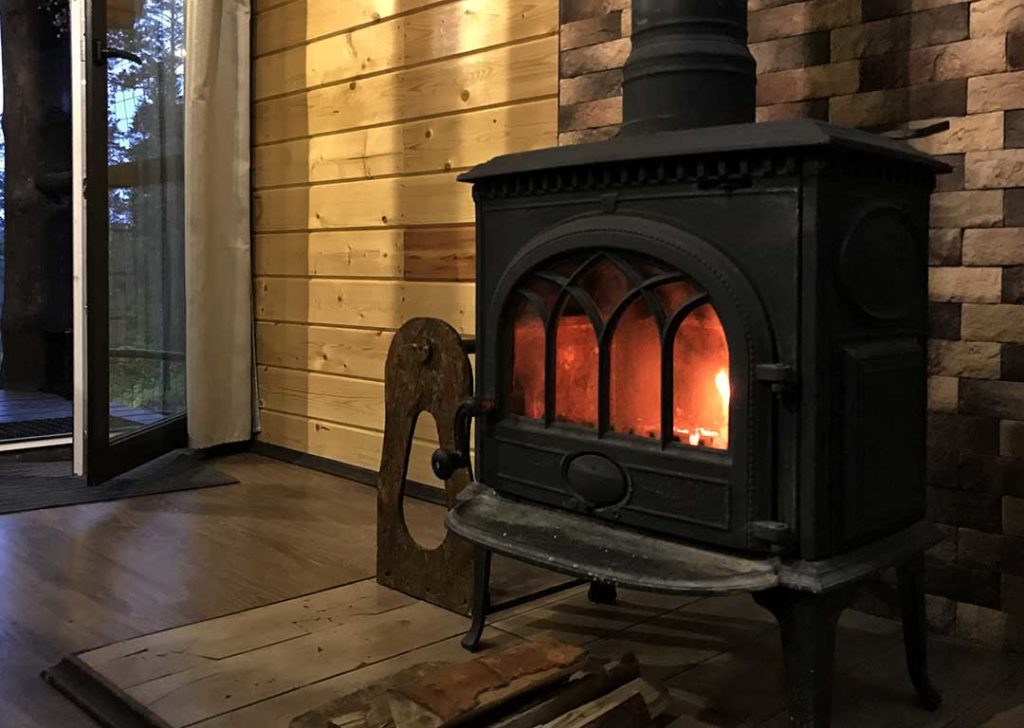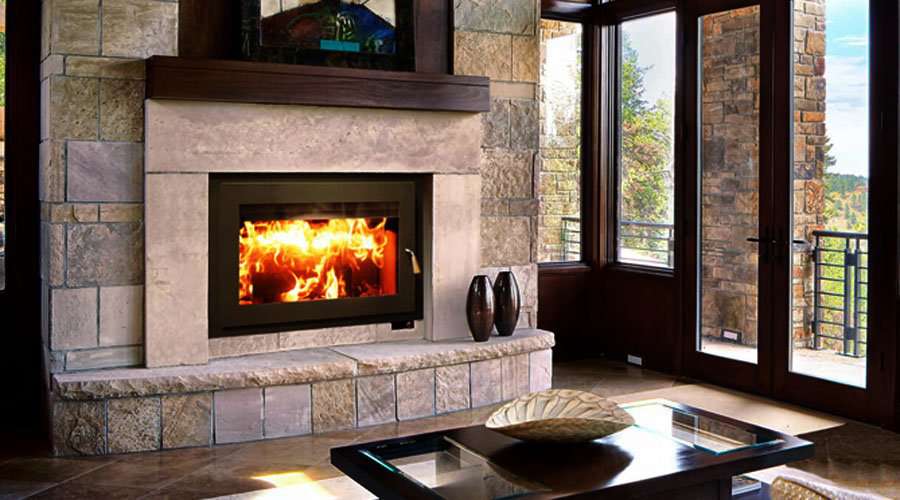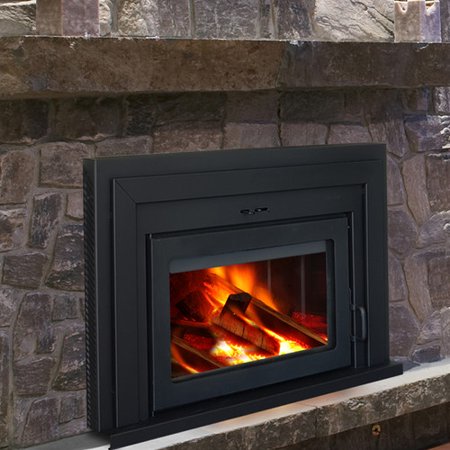When it comes to heating your home during the colder months, a variety of options are available. Two of the most popular options are wood stoves and fireplace inserts. But which one is more efficient? We’ll look at both wood stoves and fireplace inserts to help you decide which is best for your needs.
Wood Stoves: Pros and Cons
Wood stoves are a popular choice for many homeowners looking for a reliable and efficient heat source. They are typically made from cast iron or steel and can be either freestanding or inserted into a masonry fireplace. Here are some of the pros and cons of wood stoves:
Pros:
- High efficiency: Wood stoves are generally very efficient and can heat a large area quickly and effectively.
- Cost-effective: Wood stoves are typically less expensive than other heating options, such as electric or gas heaters.
- Eco-friendly: Wood stoves are considered a renewable energy source, as wood is a sustainable resource.
- Backup heat source: If your power goes out during a winter storm, a wood stove can provide a reliable heat source to keep you and your family warm.
Cons:
- Maintenance: Wood stoves require regular maintenance, including cleaning the chimney and flue and emptying the ashes.
- Safety concerns: Wood stoves can pose a fire hazard if not used and maintained properly. It’s important to have a professional install and inspect your wood stove to ensure it’s safe.
- Smoke and odor: Wood stoves can produce smoke and odor, which may be a concern for those with respiratory issues or close to neighbors.
Fireplace Inserts: Pros and Cons
A fireplace insert is a type of wood stove designed to be installed into an existing masonry fireplace. They are typically made from cast iron or steel and can be fueled by wood, gas, or pellets. Here are some of the pros and cons of fireplace inserts:
Pros:
- High efficiency: Fireplace inserts are typically more efficient than traditional fireplaces. They are designed to circulate warm air into the room instead of allowing heat to escape the chimney.
- Cost-effective: Like wood stoves, fireplace inserts can be less expensive than other heating options.
- Versatility: Fireplace inserts are available in various styles and fuel types, making them a versatile option for homeowners.
- Eco-friendly: Some fireplace inserts are designed to be eco-friendly, producing fewer emissions and using renewable fuel sources.
Cons:
- Installing a fireplace insert can be more complicated than installing a wood stove, as it requires retrofitting an existing fireplace.
- Maintenance: Like wood stoves, fireplace inserts require regular maintenance to ensure they work properly and safely.
- Fuel storage: Depending on the type of fireplace insert you choose, you may need to store fuel, such as wood or pellets, which can take up space in your home.
Which One Is More Efficient?
When it comes to efficiency, both wood stoves and fireplace inserts can be effective sources of heat. However, fireplace inserts are generally considered more efficient than traditional fireplaces or even some wood stoves. This is because they are designed to circulate warm air into the room rather than allowing heat to escape the chimney.
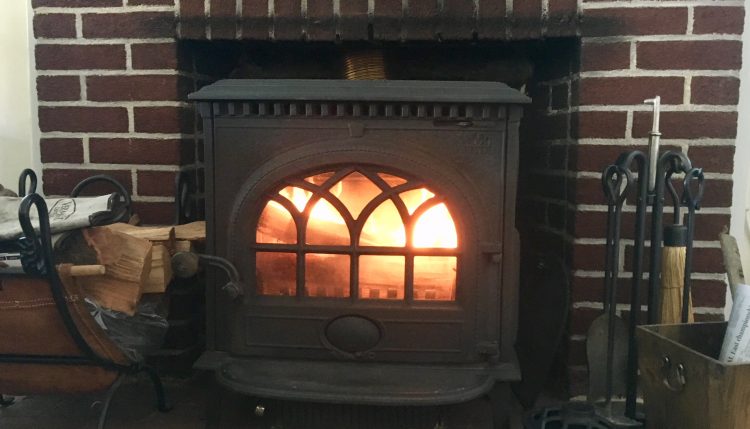
Should I Use A Fireplace Insert or A Wood Stove To Heat Up My Home?
Wood Burning Fireplaces u0026 Inserts » Full Service Chimney™
Freestanding Stoves vs. Fireplace Inserts – Royal Oak MI
The Best Wood-Burning Fireplace Inserts or Stoves – Ecohome
Which is Better, a Fireplace Insert or a Freestanding Stove
Fireplace Insert Buying Guide
Wood Heat vs. Pellet Stove Comparison Guide
Related Posts:
- Wall Mount Gas Fireplace Inserts
- Upgrade Fireplace Insert
- Cast Iron Fireplace Insert
- Propane Heater Insert For Fireplace
- How To Change A Fireplace Insert
- Ethanol Gel Fireplace Insert
- Craftsman Fireplace Insert
- Round Gas Fireplace Inserts
- Smokeless Fireplace Insert
- Cast Iron Stove Insert Fireplace
